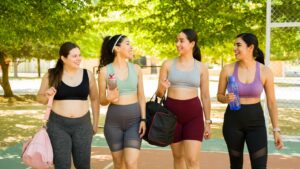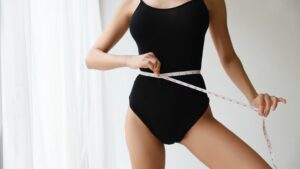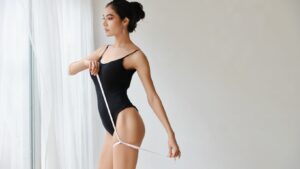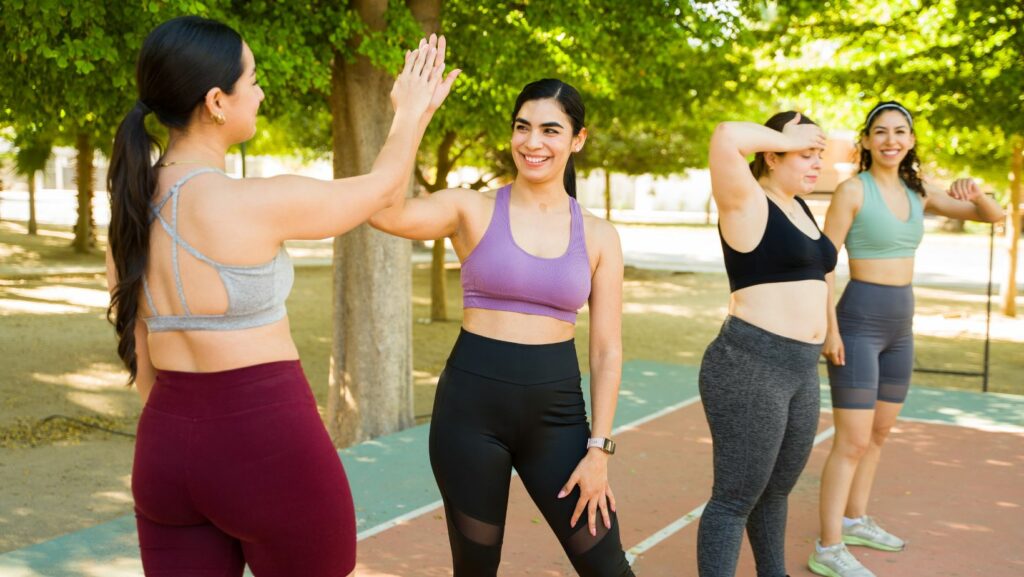Body:7n9axzagdoa= Photography
Body photography is more than just capturing images; it’s an exploration of the human form and an art that celebrates individuality and  expression. With the rise of social media and digital platforms, this unique form of photography has gained significant traction, allowing people to showcase their creativity and challenge societal norms around beauty and self-image.
expression. With the rise of social media and digital platforms, this unique form of photography has gained significant traction, allowing people to showcase their creativity and challenge societal norms around beauty and self-image.
As photographers explore various techniques and styles, body photography pushes boundaries and invites viewers to appreciate the nuances of human anatomy. From intimate portraits to abstract compositions, this genre encourages a deeper connection between the subject and the lens, revealing stories and emotions that often go unnoticed. Whether it’s for personal empowerment or artistic expression, body photography continues to inspire and provoke thought, reshaping how we perceive ourselves and others.
Understanding Body Photography
Body photography focuses on capturing the essence and intricacies of the human form through the lens. This genre encompasses various techniques that highlight the subject’s individuality, emphasizing creativity and expression over standard portraiture. Artists often use lighting, composition, and perspective to reveal unique stories, emotions, and perspectives.
Digital technologies play a significant role in this field, providing tools to enhance images and experiment with styles. Software like Adobe  Photoshop and Lightroom allows photographers to refine their work, adding depth and texture. Social media platforms further democratize access to body photography, enabling artists to reach broader audiences and nurture diverse communities.
Photoshop and Lightroom allows photographers to refine their work, adding depth and texture. Social media platforms further democratize access to body photography, enabling artists to reach broader audiences and nurture diverse communities.
Body photography also challenges societal norms by pushing the boundaries of traditional beauty standards. Photographers capture diverse bodies, portraying them in empowering ways and fostering self-acceptance. This not only encourages personal growth in subjects but also promotes an inclusive environment for viewers.
Ultimately, body photography serves as a powerful medium for storytelling, conveying messages of strength, vulnerability, and identity. Through this art form, both subject and photographer engage in a collaborative process that influences perceptions and inspires conversation about body positivity and self-expression.
Key Techniques in Body Photography
Effective body photography relies on a blend of technical skill and creative insight. Understanding lighting and shadow, as well as mastering posing and angles, elevates the art form.
Lighting and Shadow Play
Lighting dramatically impacts body photography by enhancing the subject’s contours. Photographers often use softboxes or diffusers to create gentle, flattering light that emphasizes natural features. Shadows add depth and dimension, often employed to highlight musculature or elegant lines. Playing with light and shadow enables expressive portrayals, capturing mood through contrast and intensity.
Posing and Angles
Posing and angles transform the portrayal of the human form within a photograph. Skillfully chosen poses reveal strength, grace, or emotion. Photographers use angles like low-angle shots to emphasize power or vulnerability. Experimenting with different stances and perspectives ensures a range of expressions, allowing the subject’s personality and story to emerge authentically.
Equipment for Body Photography
Proper equipment enhances body photography by enabling photographers to capture detailed images that highlight the uniqueness of the human form. Factors like camera choice and using the right accessories affect the final output.
Cameras and Lenses
Selecting the right camera and lens can transform the quality of body photography. DSLRs and mirrorless cameras with full-frame sensors are popular for their high-resolution capabilities, allowing detailed captures of the human form. Versatile lenses range from 50mm prime lenses for sharp portraits to 85mm or 135mm for capturing detailed features without distortion. Macro lenses add value when focusing on intricate details. Adequate depth of field ensures clarity and focus on the subject.
Accessories and Props
Accessories and props enhance the storytelling aspect of body photography. Using reflectors and diffusers improves lighting, while tripod  mounts ensure stability in varied shooting conditions. Props can include fabric or objects that complement the subject’s narrative, adding depth and dimension. Background elements and textured surfaces serve to enrich the composition. Remote triggers enable photographers to capture spontaneous moments without affecting the scene’s natural flow.
mounts ensure stability in varied shooting conditions. Props can include fabric or objects that complement the subject’s narrative, adding depth and dimension. Background elements and textured surfaces serve to enrich the composition. Remote triggers enable photographers to capture spontaneous moments without affecting the scene’s natural flow.
Body photography stands as a transformative art form that celebrates the diversity and complexity of the human form. It pushes boundaries, challenging societal norms and fostering a deeper appreciation for individuality and self-expression. Through innovative techniques and the power of digital platforms, photographers and subjects alike engage in a collaborative process that enriches the art and its audience. As this genre continues to evolve, it not only inspires creativity but also promotes meaningful conversations about identity, body positivity, and the human experience.

